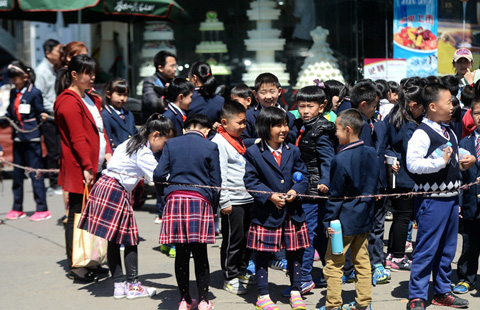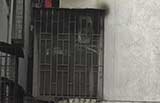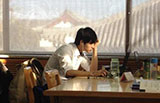China's mainland population grows to 1.37 bln in 2015: survey
(Xinhua) Updated: 2016-04-21 00:23According to the report of a sample survey conducted by the NBS, the annual average growth rate was to 0.5 percent over the past five years (2010-2015), lower than the 0.57-percent growth rate during the 2000-2010 period.
Males accounted for 51.22 percent of the total population, while females made up 48.78 percent, the report said. The male-to-female ratio was 105.02, lower than the 2010 ratio of 105.2.
The population living in urban areas totaled 767.5 million, or 55.88 percent of the total, up by 6.2 percentage points from the 2010 figure, while the population categorized as rural fell to 605.99 million.
The sample survey covers 21.31 million people, accounting for 1.55 percent of the total population, the NBS said.
In a separate development, authorities on Wednesday warned that China's gender ratio at birth remained high, and vowed to tighten controls on medical equipment and medicine that could be used in pre-birth gender tests and sex-selective abortions.
China has the worst gender imbalance in the world. The National Health and Family Planning Commission said last year this was a direct result of illegal pre-birth gender tests and sex-selective abortions.
Gender tests on fetuses and sex-selective abortions are a crime in China. Nonetheless, the preference for sons, and previous family planning regulations have driven both practices.
Latest figures suggested that the country's birth sex ratio stood at 113.51 in 2015, down from 121.18 more than a decade ago in 2004.
- China to enjoy the second population dividend
- Challenges Brought by Aging Population on the Rise of Big Powers and Relevant Countermeasures(Special Issue No.13, 2016)
- Shanghai sees increasing aging population in 2015
- The Road to Settle Down in Cities: Approaches and Policies on Urbanized Agricultural Population
- Population, Nationality and Religion
- Study finds plummeting levels of physical activity among Chinese adults
- School not at fault, its principal insists
- Xi says advice from netizens welcome
- China to help more rural migrants settle in cities
- Expert says big quake unlikely to hit nation soon
- Habit of reading in China expands with mobile tech
- Pollution poses threat to cities' water
- Man, 57, detained in courier beating captured on video
- Embryos growing in space a 'giant leap'
- 500 students sickened at school built on toxic site








